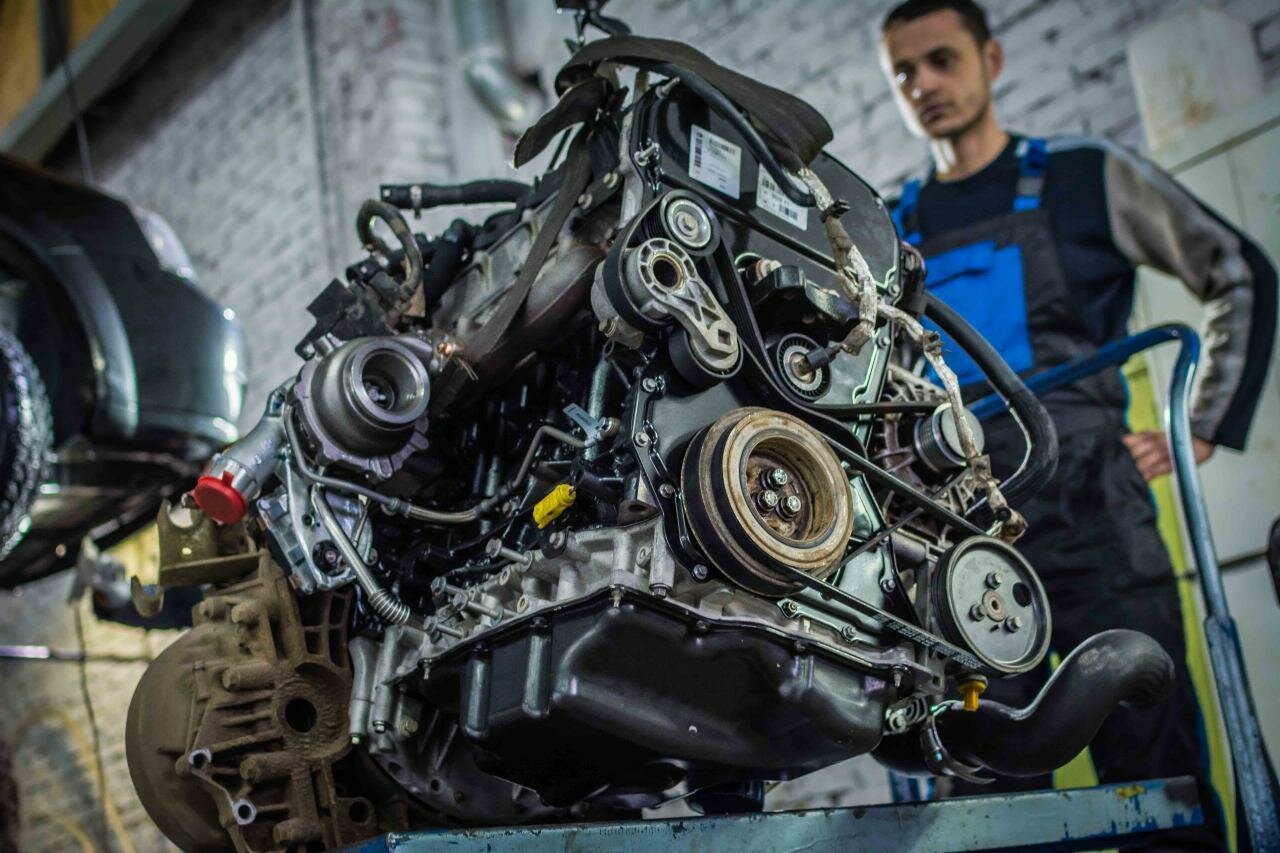Porsche H6 Engine: A Brief Overview
Historical Context
The Porsche H6 engine, a notable powerplant in the automotive world, has its roots in the brand’s relentless pursuit of performance and engineering excellence. Porsche, founded in 1931 by Ferdinand Porsche, has long been synonymous with high-performance sports cars. The introduction of the H6 engine marked a significant evolution in their engineering philosophy, particularly in the realm of performance and reliability.
Initially, Porsche’s focus was on air-cooled engines, which dominated their lineup for decades. However, as automotive technology progressed and consumer expectations shifted towards more powerful and efficient engines, Porsche made the strategic decision to develop a water-cooled engine configuration. This led to the creation of the H6 engine, which features a horizontally opposed six-cylinder layout. This design not only contributes to a lower center of gravity, enhancing vehicle handling, but also allows for a more compact engine size, which is crucial in sports car design.
The H6 engine gained prominence in models such as the Porsche 911 and the Porsche Boxster, where it was celebrated for its smooth power delivery and distinctive sound. However, like any complex mechanical system, the H6 engine is not without its issues. Over the years, various problems have been reported by owners and enthusiasts, ranging from minor inconveniences to significant mechanical failures. Understanding these issues is essential for current and prospective owners, as well as for anyone interested in the engineering behind one of Porsche’s most iconic powertrains.
In this article, we will delve into the specific problems associated with the Porsche H6 engine, providing a clear-eyed assessment of its strengths and weaknesses.
Porsche H6 Engine Problems: An In-Depth Analysis
Common Issues Faced by Owners
The Porsche H6 engine, while celebrated for its performance, is not without its share of problems. Owners have reported various issues that can affect the engine’s reliability and overall driving experience. Below are some of the most common problems associated with the H6 engine:
- Oil Leaks: One of the most frequently reported issues is oil leaks, often stemming from faulty gaskets or seals. This can lead to significant oil loss and potential engine damage if not addressed promptly.
- Overheating: The H6 engine can be prone to overheating, especially if the cooling system is not maintained properly. This can result in severe engine damage if the temperature exceeds safe limits.
- Timing Chain Tensioner Failures: The timing chain tensioner can wear out, leading to a rattling noise and potential timing issues. If the timing chain slips, it can cause catastrophic engine failure.
- Fuel Injector Problems: Clogged or malfunctioning fuel injectors can lead to poor engine performance, reduced fuel efficiency, and increased emissions.
- Electrical Issues: Electrical gremlins can affect the engine’s performance, including problems with sensors and wiring that can lead to erratic behavior or warning lights on the dashboard.
Specific Symptoms to Watch For
Recognizing the symptoms of these problems early can save owners from costly repairs. Here are some specific signs to monitor:
- Unexplained oil spots under the vehicle.
- Temperature gauge readings that frequently approach the red zone.
- Unusual noises from the engine bay, particularly rattling or knocking sounds.
- Decreased acceleration or power during driving.
- Check engine light illuminated on the dashboard.
Potential Consequences of Ignoring Issues
Failing to address these problems can lead to severe consequences, including:
- Engine Seizure: Ignoring overheating or oil leaks can result in complete engine failure.
- Increased Repair Costs: Early intervention can prevent minor issues from escalating into major repairs.
- Safety Risks: Mechanical failures can lead to loss of control while driving, posing a risk to the driver and others on the road.
Table of Symptoms and Consequences
| Symptom | Possible Consequence |
|---|---|
| Oil leaks | Engine damage due to low oil levels |
| Overheating | Engine seizure or warping of engine components |
| Rattling noise from engine | Timing chain failure leading to catastrophic damage |
| Poor acceleration | Reduced performance and potential engine failure |
| Check engine light | Indicates a range of issues, from minor to severe |
Top views |
|
|---|---|
 |
Oil, Timing Chains, Pistons: What Really Kills an Engine Prematurely? |
 |
How to Choose a Car with a Reliable Engine: Used Car Market Hacks That Actually Work |
Conclusion
The Porsche H6 engine, while a marvel of engineering, has its fair share of problems that potential owners should be aware of. Regular maintenance and vigilance can mitigate many of these issues, ensuring a more reliable and enjoyable driving experience. Understanding the symptoms and consequences of these problems is crucial for any owner looking to maintain their vehicle’s performance and longevity.




0 Comments